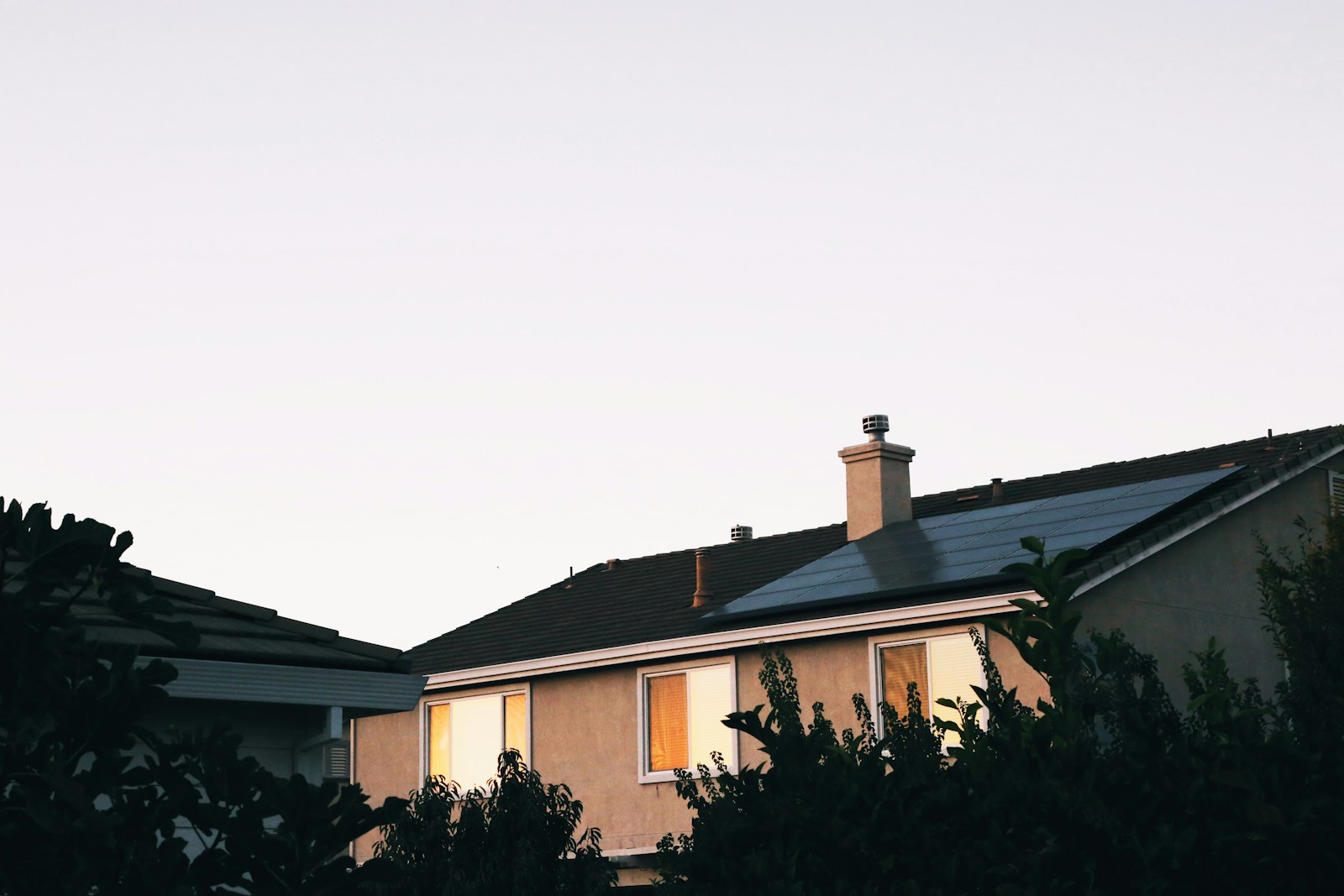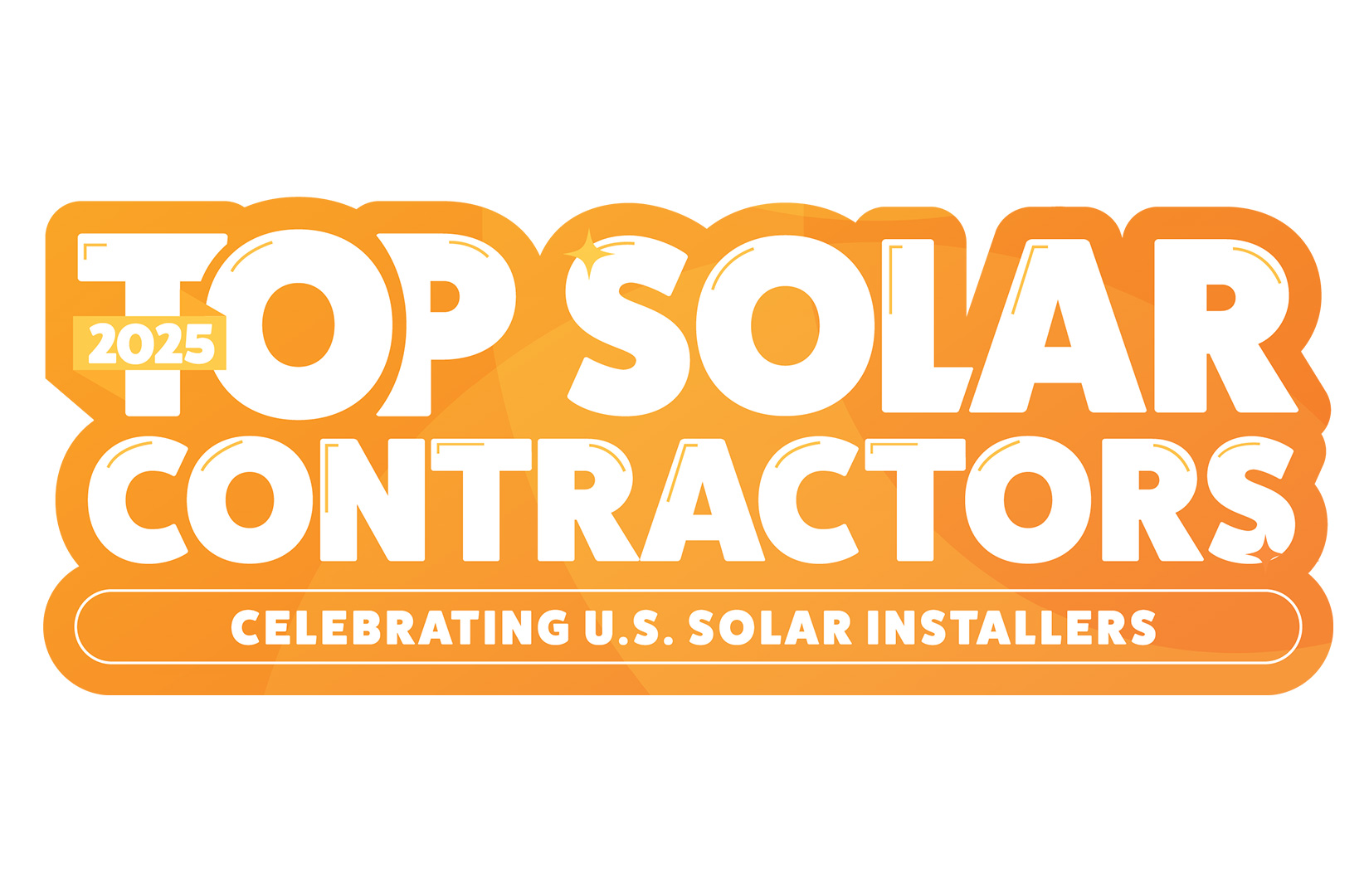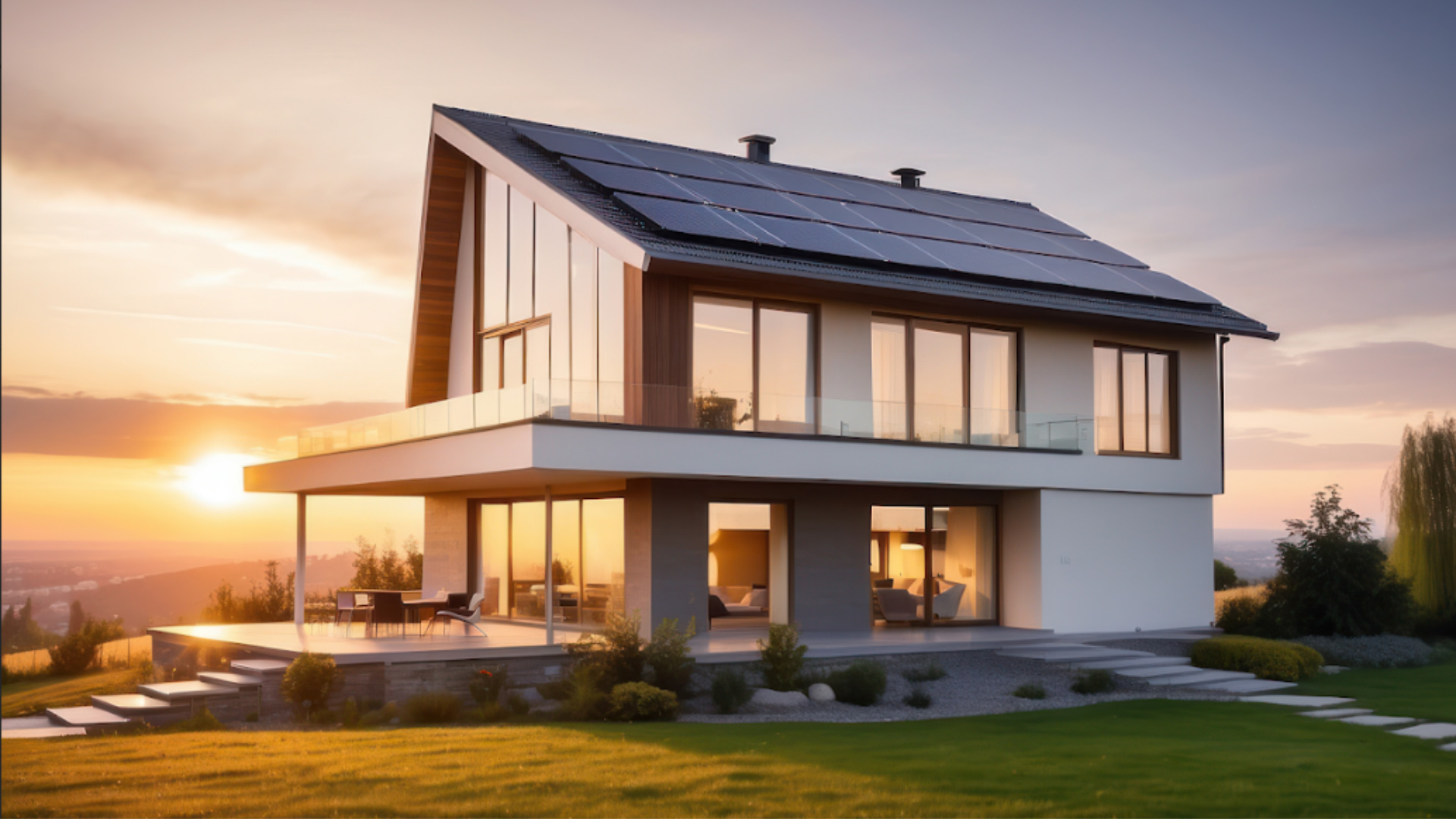Modern solar panels are designed to handle high temperatures. Florida’s warm and humid climate can significantly raise operating temperatures for solar panels but doesn’t necessarily make it too hot for solar panels.
While excessive heat can lower the panels’ efficiency, current designs are made to handle extreme conditions. Good installation techniques, such as facilitating sufficient airflow and proper spacing between the panels, can lower the impact of excessive heat on the efficiency of the systems.
Solar Panel Temperature Coefficient
If you have scouted around for solar panels on the market, you may have seen several different metrics on them. A common metric is the temperature coefficient, which helps weigh heat’s impact on solar energy production.
As a solar panel experiences a temperature rise, its power output decreases. Panels are rigorously tested and given a rating called temperature coefficient, the percentage drop in output for every degree above 25° C (77° F). This means they may lose some energy efficiency but are still working and aren’t damaged.
How To Ensure Your Solar Panels Work Effectively Even in Florida Heat
1. Choose the Right Provider
In most cases, a favorable system for a cooler climate may not be ideal for the hot Florida weather. Get your solar system properly installed by a licensed contractor. They will help you calculate your monthly energy consumption and the temperature coefficient of the panels you purchase.
A good rule of thumb is to hire providers with at least three years of experience, though 10+ years will give you even more peace of mind. The North American Board of Certified Energy Practitioners (NABCEP) is viewed as the gold standard among renewable energy system providers.
2. Select the Right Solar Panels
Unsurprisingly, choosing the right type of panels is one of the most important factors in setting up a system that will perform magnificently in Florida’s extreme temperatures. Ensure your system is designed for high temperatures from the get-go. The heat capacity your panel is designed to handle will be determined by the temperature coefficient of the panels you purchase. Go for quality materials and panels made from monocrystalline, which tends to be more efficient.
3. Be Mindful of Shade
Before installing solar panels, evaluate the level of shading on your property. Shading can come from nearby buildings, trees or even the structure of your home. By understanding the shading patterns on your property, you can strategically position your panels near shade to ensure they are exposed to sufficient sunlight and are not affected by extreme temperatures.
Switch to Solar Energy With Solar Optimum
Selecting a solar panel system with the right temperature coefficient for your home or business needs is important. Solar Optimum knows all about solar energy in Florida, and we have designed numerous efficient systems for our customers. We serve residents in Polk County, Hillsborough County, Orange County, the Greater Orlando area, the Greater Tampa area and Central Florida. Contact us today or download our Ultimate Guide to Living With Solar to learn more about the solar energy process.






